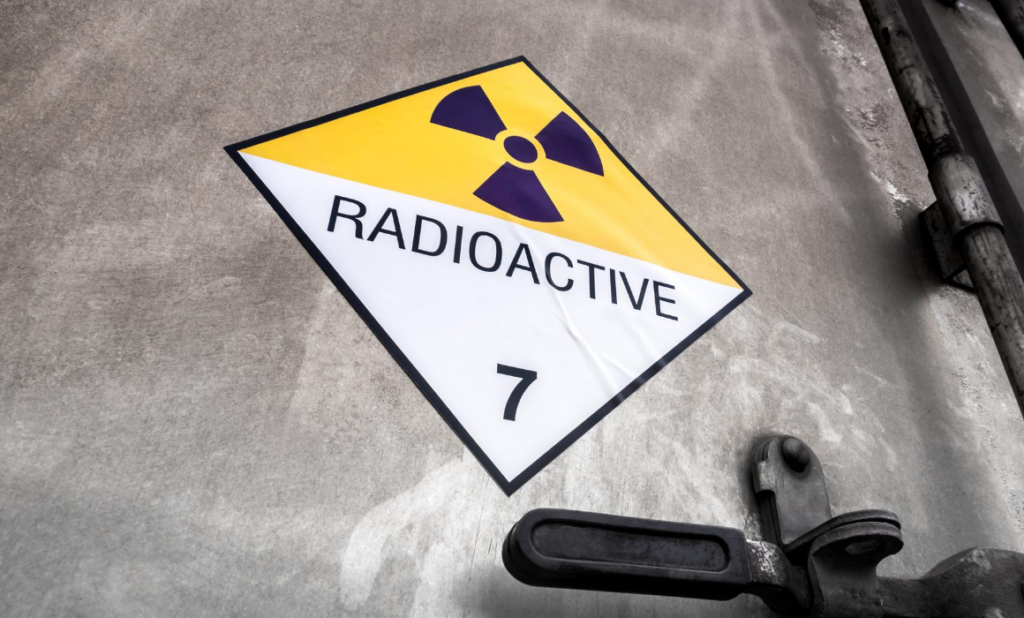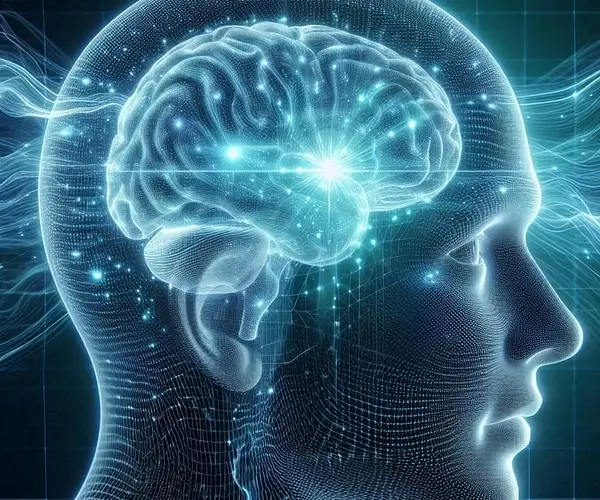Protect yourself from radiation poisoning:
Many people are wondering what they could do to protect themselves and their loved ones in the event that dangerous levels of radiation were to migrate into their local areas.
There are two types of radiation, according to Lita Lee, author of the “Radiation Protection Manual”. They are ionizing and non-ionizing radiation. The ionizing radiation is more damaging because it is of higher energy than non-ionizing radiation and produces charged particles called ions, either negative ions (the good “guys”) or positive ions (the bad ones). Ionizing radiation is produced from nuclear bombs, nuclear reactors, medical and dental x-rays, and is the type of radiation used to irradiate food. The non-ionizing radiation includes electromagnetic radiation produced by electric current, radio waves, microwave ovens, radar stations, television (cathode ray tube), video display terminals (VDT’s) computers, high voltage lines, infrared and fluorescent lights, and sunlamps (e.g. tanning booths which emit ultraviolet light).
#1- Potassium Iodide (KI) – Many are reading about potassium iodide being handed out in Japan because of radiation levels. Potassium iodide may protect just the thyroid gland against exposure to radioactive iodine that occurs when radiation levels increase. KI will probably not help with radiation damage in other parts of the body.
The FDA has approved two different forms of KI – tablets and liquid – that people can take by mouth after a nuclear radiation emergency. Tablets come in two strengths, 130 milligrams (mg) and 65 mg. The tablets are scored so they may be cut into smaller pieces for lower doses. Each milliliter (mL) of the oral liquid solution contains 65 mg of KI.
According to the FDA, the following doses are appropriate to take after internal contamination with (or likely internal contamination with) radioactive iodine:
- Adults should take 130 mg (one 130 mg tablet OR two 65 mg tablets OR two mL of solution).
- Women who are breastfeeding should take the adult dose of 130 mg.
- Children between 3 and 18 years of age should take 65 mg (one 65 mg tablet OR 1 mL of solution). Children who are adult size (greater than or equal to 150 pounds) should take the full adult dose, regardless of their age.
- Infants and children between 1 month and 3 years of age should take 32 mg (½ of a 65 mg tablet OR ½ mL of solution). This dose is for both nursing and non-nursing infants and children.
- Newborns from birth to 1 month of age should be given 16 mg (¼ of a 65 mg tablet or ¼ mL of solution). This dose is for both nursing and non-nursing newborn infants.
The protective effects of a dose of KI is about 24 hours. KI is available without a prescription, and a pharmacist can sell you KI brands that have been approved by the FDA
#2- Glutathione and a potentially protective combination!
We know radiation exposure causes approximately 3% of all cancers. This fact has been studied extensively. When you are exposed to radiation a very reactive type of free radical is formed called a “hydroxy radical”. Studies have shown glutathione’s (GSH) detoxification abilities play a key role in neutralizing hydroxy radicals and cancer specialists are now raising glutathione (GSH) levels in patients who are undergoing radiation therapy as part of their cancer treatment. Detoxification benefits from boosted glutathione (GSH) levels and helps cancer patients better tolerate their treatment. Studies have also been done around the world, from Switzerland to Spain to India to Germany, on the effect of glutathione (GSH) on radiation damage. Low levels of glutathione (GSH) were connected with an increased risk of developing cancer from radiation exposure. Patients undergoing cancer treatment experienced stronger side effects and greater injury from radiation therapy when they had low glutathione (GSH) levels.
The immune system, have been shown to be better able to withstand radiation therapy when cancer specialists raised glutathione (GSH) prior to treatment. The implication here is… glutathione (GSH) does and will, to a greater degree, play a major role in the treatment of cancer by using detoxification to reduce the damaging effects of radiation.
At the time of the atomic bombing, Tatsuichiro Akizuki, M.D. was Director of the Department of Internal Medicine at St. Francis’s Hospital in Nagasaki and he fed his staff and patients a strict diet of brown rice, miso and tamari soy soup, wakame, kombu and other seaweed, Hokkaido pumpkin, and sea salt. He also prohibited the consumption of sugar and sweets since they suppress the immune system. By imposing this diet on his staff and patients, no one succumbed to radiation poisoning whereas the occupants of hospitals located much further away from the blast incident suffered severe radiation fatalities. Much of this positive result has to do with the fact that the sea vegetables contain substances that bind radioactive particles and escort them out of the body. This is why seaweed sales usually skyrocket after radiation disasters, and why various seaweeds and algae are typically used to treat radiation victims. http://www.shirleys-wellness-cafe.com/detox.htm
In Chernobyl, for instance, spirulina was used to help save many children from radiation poisoning. By taking 5 grams of spirulina a day for 45 days, the Institute of Radiation Medicine in Minsk even proved that children on this protocol experienced enhanced immune systems, T-cell counts, and reduced radioactivity. Israeli scientists have since treated Chernobyl children with doses of natural beta carotene from Dunaliella algae and proved that it helped normalize their blood chemistry. Chlorella algae, a known immune system builder and heavy metal detoxifier, has also shown radioprotective effects. Because they bind heavy metals, algae should, therefore, be consumed after exposure to any type of radioactive contamination. (Note: Marine phytoplankton is also a powerful detoxifier and nourishing product.
In 1968 a group of Canadian researchers at McGill University of Montreal, headed by Dr. Stanley Skoryna, actually set out to devise a method to counteract the effects of nuclear fallout. The key finding from their studies was that sea vegetables contained a polysaccharide substance, called sodium alginate, which selectively bound radioactive strontium and eliminated it from the body.
Sodium alginate is found in many seaweeds, especially kelp, and since that time the Russians have been seriously researching the use of their own kelps from Vladivlostok, from which they have isolated the polysaccharide U-Fucoidan, which is another radioactive detoxifier. Because miso soup was so effective in helping prevent radiation sickness, the Japanese have also done research identifying the presence of an active ingredient called zybicolin, discovered in 1972, which acts as a binding agent to also detoxify and eliminate radioactive elements (such as strontium) and other pollutants from the body.
The kelps and algae aren’t the only natural foods with radio-detoxifying effects. In terms of fluids to drink, black and green tea have shown “radioprotective effects” whether consumed either before or after exposure to radiation. This anti-radiation effect was observed in several Japanese studies, and studies from China also suggest that the ingredients in tea are radioactive antagonists.
In short, after any sort of radioactive exposure you want to be eating seaweeds and algae along with almost any type of commercial heavy metal chelating formula to bind radioactive particles and help escort them out of the body. Whether you’re worried about depleted uranium, plutonium, or other isotopes, this is the wise thing to do which can possibly help, and certainly won’t hurt. Many nutritional supplements have been developed for the purpose of detoxifying heavy metals, most of which contain the algae and plant fibers and other binding substances. Basically, an anti-radiation diet should focus on the following foods:
· Miso soup
· Spirulina, chlorella and the algaes (kelp, etc.)
· Brassica vegetables and high beta carotene vegetables
· Beans and lentils
· Potassium, calcium and mineral-rich foods
· High nucleotide content foods to assist in cellular repair including spirulina, chlorella, algae, yeast, sardines, liver, anchovies and mackerel
· cod liver oil and olive oil
· Avoid sugars and sweets and wheat
· A good multivitamin/multimineral supplement
Yet another benefit of the sea vegetables rarely discussed is their high mineral content, which is a bonus in the case of radioactive exposure. Consuming natural iodine, such as in the seaweeds, helps prevent the uptake of iodine-131 while iron inhibits the absorption of plutonium-238 and plutonium-239. Vitamin B-12 inhibits cobalt-60 uptake (used in nuclear medicine), zinc inhibits zinc-65 uptake and sulfur is preventative for sulfur-35 (a product of nuclear reactors) incorporation by the body.
Since nuclear workers are potentially exposed to radioactive sulfur, this means that workers in the atomic power industry need a higher content of sulfur in their diet. MSM supplements provide a source of dietary sulfur, but supplements such as cysteine, lipoic acid, and glutathione serve double-duty in this area because they help detoxify the body and attack all sorts of other health problems as well.
The above are options that may be protective without being dangerous. It’s important to understand that some of these options have not been studied in large, well-organized trials but come about as a result of the reported experience of countries, scientists and physicians who had to deal with dangerous levels of radiation and their effects on the populations exposed to them.
To the best of health,
Curt Hendrix, M.S. C.C.N. C.N.S
Akeso Health Sciences



